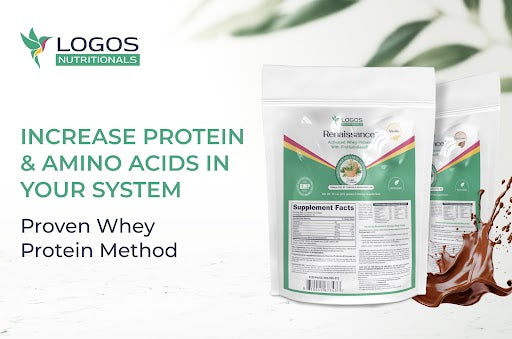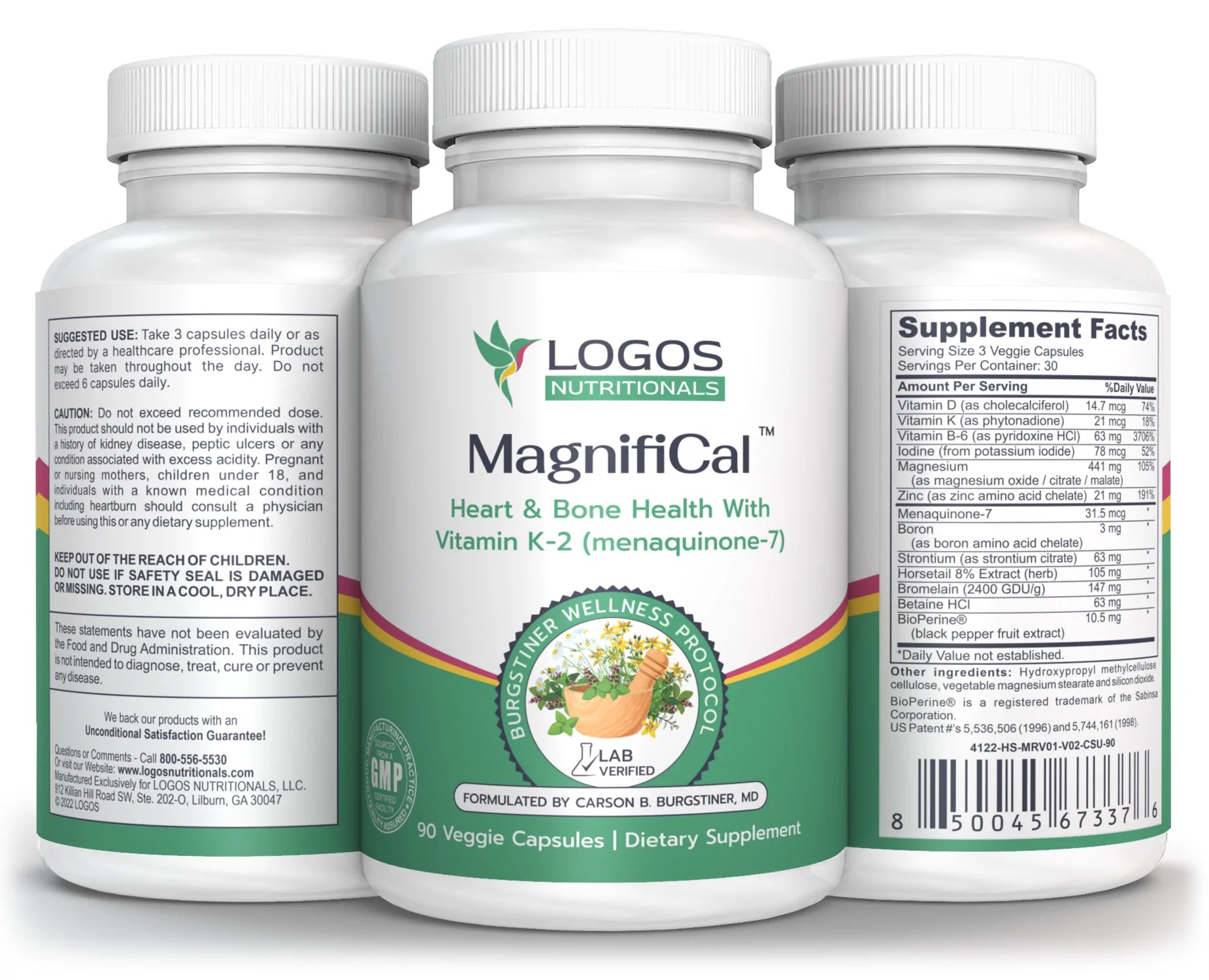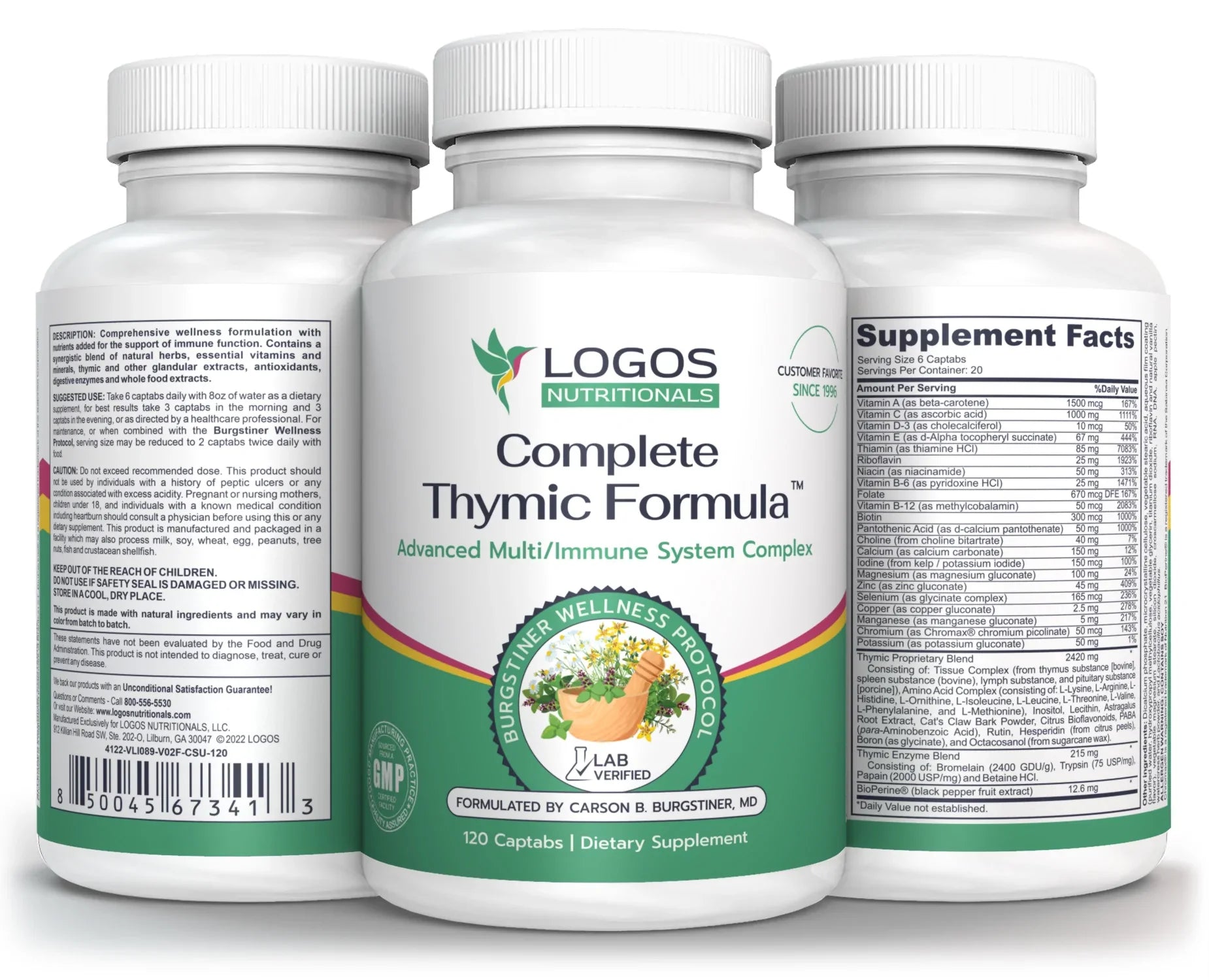As we age, our metabolic rate tends to slow down, leading to potential weight gain and reduced energy levels.
In this blog post, we will delve into various scientifically-backed methods that can help you increase your metabolism naturally and lose weight.
We'll take a look at how HIIT can help boost metabolic rates, and tips on integrating it into your exercise plan.

Also, we'll discuss Non-Exercise Activity Thermogenesis (NEAT) activities and how they contribute to a healthier lifestyle by increasing daily caloric expenditure.
We'll also discuss resistance training's role in muscle retention and growth will be examined as an effective way to boost metabolism.
Prioritizing proper sleep habits is another crucial aspect of maintaining optimal metabolic health.
Lastly, intermittent fasting strategies and metabolism-boosting foods will be highlighted as key components in enhancing one's basal metabolic rate while promoting overall wellness.
Boost Your Metabolism with HIIT and Avoid Weight Gain
Want to burn more calories in less time and lose weight? Try High-Intensity Interval Training (HIIT) for an effective boost to your metabolism.
Just two HIIT sessions a week can have an important effect on your metabolism, resulting in enhanced energy and quicker weight loss outcomes.
The benefits of HIIT for metabolism & reducing Body Fat
-
Burns more calories than traditional cardio workouts helping you to lose weight
-
Increases post-exercise oxygen consumption, which helps burn additional calories even after the workout is over (EPOC effect)
-
Promotes muscle growth while shedding body fat, resulting in an improved metabolic rate overall
How to incorporate HIIT into your routine
-
Select a type of cardio you enjoy, like running, cycling, or swimming.
-
Create intervals by alternating between short bursts of high-intensity effort and brief periods of rest or low-intensity movement. For example: sprint for 30 seconds, then walk for one minute before repeating the cycle.
-
Strive for a minimum of two occurrences weekly, each lasting around 20 minutes.
Remember, HIIT is a challenging workout, so start slow and gradually increase your intensity.
Always consult a medical professional prior to beginning any new physical activity regimen. Happy sweating.

Increase NEAT Activities in Daily Life
Incorporate more non-exercise activity thermogenesis (NEAT) activities into your daily routine.
NEAT activities are simple movements that can help boost your metabolism and increase calorie expenditure.
Examples of NEAT activities:
-
Taking the stairs instead of the elevator
-
Parking farther away from your destination to walk more
-
Standing up and stretching every hour while working at a desk
-
Gardening or doing household chores like vacuuming and mopping floors
-
Dancing around your living room for fun.

Tips for adding more NEAT activities into daily life:
-
Create a routine: Schedule breaks during work hours to stand up, stretch, or take short walks outside. This not only helps with increasing metabolism but also reduces stress levels.
-
Make it fun: Instead of sitting down watching TV after dinner, consider going for a stroll around the neighborhood or engaging in light physical games with family members.
-
Choose walking or biking: Whenever possible, choose walking or biking over driving short distances. Not only will this contribute to boosting your metabolism but it's also beneficial for the environment.
So, what are you waiting for?
Start incorporating more NEAT activities into your daily routine and watch your metabolism soar.
Resistance Training for Muscle Mass and Growth
By engaging in regular resistance training, we can both preserve lean muscle & avoid muscle burns and stimulate an elevated metabolic rate. Building more muscle means burning more calories at rest, leading to improved weight management over time.
Benefits of Resistance Training on Metabolism
-
Muscle growth: Resistance exercises stimulate the growth of new muscle fibers, increasing overall muscle mass and boosting your resting metabolic rate. It's important to remember if you lose muscle it may have an impact on your metabolism.
-
Fat loss: As you build more lean body mass through resistance training, your body burns fat stores more efficiently during workouts and at rest.
-
Better insulin sensitivity: Regular strength training can improve insulin sensitivity, helping regulate blood sugar levels and reducing the risk of type 2 diabetes.
Recommended Frequency and Types of Resistance Exercises
To optimize results from your strength-training regimen, aim for two to three sessions per week that target all major muscle groups, and you'll also be able to consume more calories that the body will use to build muscle. Incorporate a variety of exercise modalities such as free weights (dumbbells or barbells, kettlebells), machines (cable systems or plate-loaded equipment), or even just using your own bodyweight (push-ups or squats). Remember to allow adequate recovery time between sessions by giving each targeted group at least one day off before working it again. This will ensure proper muscular repair and adaptation while minimizing injury risks.
Getting 7 to 8 hours of sleep daily is crucial for maintaining optimal metabolic function. Insufficient sleep negatively impacts hormone regulation related to hunger and satiety while also decreasing overall energy levels, making it harder for individuals trying their best at boosting their metabolism.

The Connection Between Sleep Quality and Metabolic Health
Sleep deprivation can result in hormonal imbalances that impede metabolic rate, such as augmented cortisol production and decreased insulin receptivity.
Conversely, inadequate rest may lead to a decrease in leptin and an increase in ghrelin, thus making it difficult for those seeking to boost their metabolic rate.
This combination makes it challenging for those looking to improve their metabolic rate.
Tips for Improving Sleep Habits
-
Create a Bedtime Routine: Establishing a consistent nightly ritual signals your body that it's time for bed. This could include activities like reading or taking a warm bath before turning in.
-
Maintain Regular Sleeping Hours: Going to bed and waking up at the same time each day helps regulate your internal clock, leading to better-quality slumber.
-
Avoid Stimulants Close to Bedtime: Consuming caffeine or nicotine within several hours of going asleep can interfere with falling asleep quickly and staying asleep through the night.
-
Create a Comfortable Sleeping Environment: Keep your bedroom cool, dark, quiet, and free from distractions such as electronic devices that emit blue light which disrupts melatonin production - an essential hormone needed for healthy sleep patterns.

Prioritize good sleep hygiene to reap the benefits of a healthy metabolism and wake up feeling refreshed.
Intermittent Fasting Strategies
Intermittent fasting protocols, like skipping breakfast, allow our bodies time away from digesting food.
This results in an increase in our resting metabolic rate by upregulating certain hormones responsible for breaking down fats instead during this period without food intake, helping us also lose weight.
This approach to eating can help boost metabolism and support overall health.
Popular Intermittent Fasting Methods
-
The 16/8 Method: Fast for 16 hours each day and eat within an 8-hour window, such as between noon and 8 pm.
-
The Eat-Stop-Eat Method: Perform a full-day fast once or twice per week while maintaining regular meals on other days.
-
The Alternate-Day Fasting (ADF) Method: Alternate between days of normal eating and days where you consume only about one-quarter of your daily calorie needs.
Benefits of Intermittent Fasting on Metabolism
Fasting has been shown to have several positive effects on metabolism, including increased insulin sensitivity, reduced inflammation, improved cellular repair processes (autophagy), and even enhanced brain function. These benefits work together to promote burning calories and overall well-being, in addition to lose weight and fat in particular. To learn more about intermittent fasting's impact on metabolism, check out this comprehensive guide from Healthline.
The Connection Between Water and Your Metabolism
Drinking enough water is crucial for a healthy metabolism. Water supports the body's metabolic processes, aiding in the conversion of food into energy. Here's how water intake affects metabolism:
-
Calorie Burning: Water is necessary for digesting and absorbing nutrients from food. It plays a role in breaking down carbohydrates, proteins, and fats. Proper digestion and nutrient absorption support efficient calorie burning and energy production.
-
Thermogenesis: Water temporarily boosts thermogenesis, the body's heat production. Drinking water requires energy, resulting in a slight increase in calorie expenditure.
-
Kidney Function: Adequate water intake is vital for optimal kidney function. The kidneys help regulate metabolism by maintaining electrolyte balance and eliminating waste products. Dehydration can impair kidney function, affecting metabolic processes.
-
Appetite Regulation: Thirst can be mistaken for hunger, leading to unnecessary snacking or overeating. Drinking enough water helps regulate appetite, preventing excessive calorie intake and weight gain.
Proper hydration is essential for overall well-being, as well as for losing weight and maintaining a healthy body weight and metabolism. Recommended daily water intake varies based on factors like age, sex, activity level, and climate. As a general guideline, aim for at least eight glasses (around 64 ounces) of water per day.

Metabolism-Boosting Foods
Want to increase your calorie burn without any extra effort? Incorporate these metabolism-enhancing foods into your diet for a natural boost.
List of Metabolism-Enhancing Foods
-
Green tea: Sip on this antioxidant-rich beverage to increase your metabolic rate.
-
Spicy peppers: Add some heat to your meals with chili peppers to boost thermogenesis and burn calories faster for a healthy diet.
-
Whole grains: Swap out refined grains for whole grains like brown rice and quinoa to increase calorie burning during digestion and avoid weight gain.
-
Apple cider vinegar: Improve insulin sensitivity and enhance fat burning capabilities by adding this tangy ingredient to your meals.
-
Seaweed: Support thyroid function and regulate metabolism with this natural source of iodine.
Tips for Adding These Foods to Daily Meals
-
Incorporate green tea into your diet by blending it with other ingredients or sipping on a cup to enjoy its benefits.
-
Incorporate chili peppers into your dishes to add a flavorful kick, such as in stir-fries, salads, or soups.
-
Swap out refined grains for whole grain options like brown rice, quinoa, or whole wheat pasta.
-
Mix apple cider vinegar into salad dressings or dilute it with water and drink it before meals to food digestion and fat burning capabilities.

By implementing these tips into your lifestyle, you can naturally boost your metabolism.
Remember, everyone's body is different, so it may take some time to find what works best for you, some people gain weight for different reasons, just like some people may consume more calories and notice a bigger difference in comparison to other people.
By taking regular, small steps and sticking to them over the long-term, you can expect major gains in your metabolic health.
Boost Metabolism Naturally and Promote Weight Loss
Many factors go into boosting metabolism.
High-Intensity Interval Training (HIIT) can increase metabolic rates and should be integrated into exercise plans.
Non-Exercise Activity Thermogenesis (NEAT) activities, like taking the stairs or gardening, contribute to daily calorie expenditure. Resistance training stimulates muscle growth and metabolic rate.
Prioritizing proper sleep habits is crucial for optimal metabolic health.
Intermittent fasting strategies, such as the 16/8 method, can upregulate fat breakdown hormones.
Drinking enough water supports digestion, thermogenesis, kidney function, and appetite regulation.
Certain foods like green tea, spicy peppers, whole grains, apple cider vinegar, and seaweed can enhance metabolism.
By incorporating these methods and making gradual lifestyle changes, individuals can experience significant improvements in their metabolic health and weight management.













